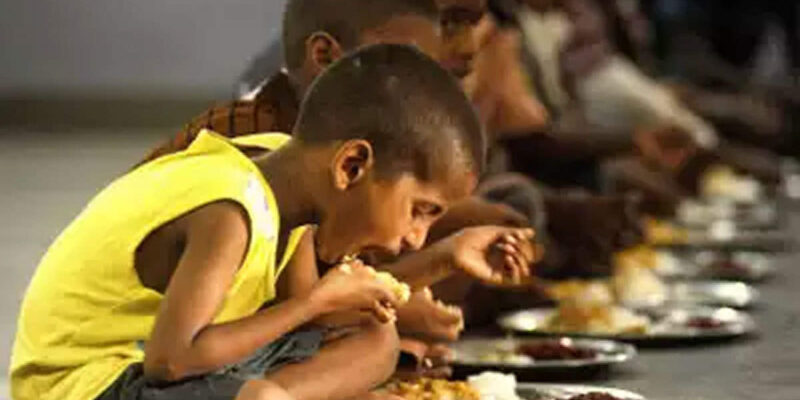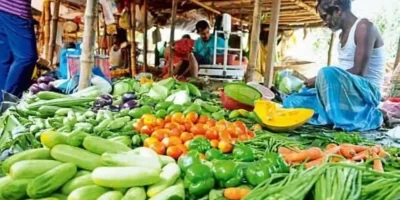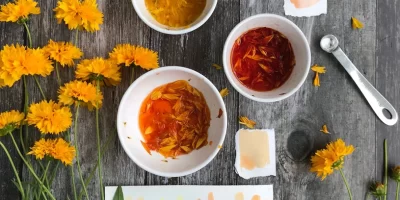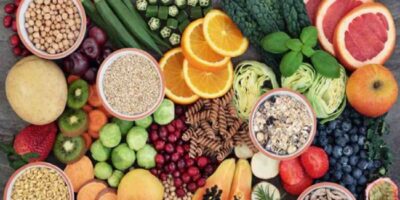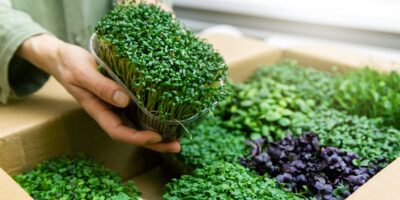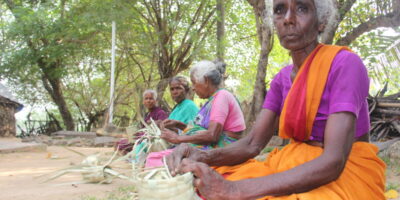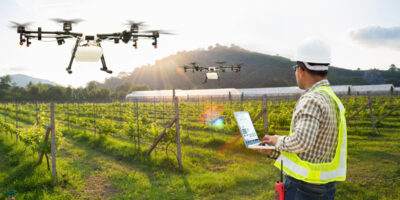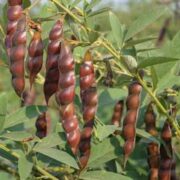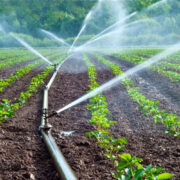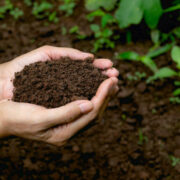Food Security: India is facing a serious problem with its food and farming. Even though weather experts said it would rain in September, the government stopped sending rice to other countries and charged extra money for vegetables and food. This shows that we are worried about not having enough food soon.
In Delhi, it’s supposed to be August, but chili and basil plants are not doing well. They are trying to hide from the sun, and the basil leaves look very dry, reminding me of summer.
India had a very dry and hot August this year, one of the driest in over a hundred years. Delhi had its second-driest August ever. In many places in the west and south of India, like Rajasthan, Gujarat, Maharashtra, and Karnataka, there was not enough rain.
Also Read: Rising Food Prices: Understanding the Impact of Rising Food Prices in India
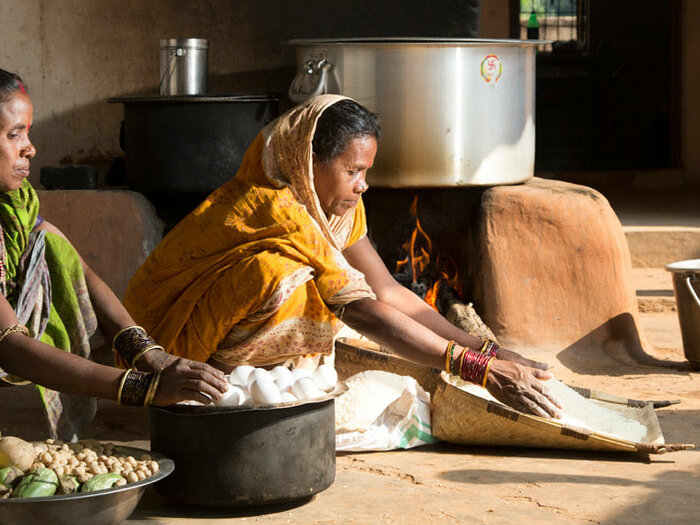
Food Security
This is happening because of El Nino, which messes up the monsoon season and can cause droughts. In August, we got only 36% of the rain we needed. In the southern part of India, it was even worse, with only 40% of the normal rain. This is really bad for farmers who rely on rain to grow their crops.
Farmers are already worried and have reduced the amount of land they use to grow rice. Even in Punjab, Haryana, and Uttar Pradesh in the north, there’s been too much rain at the wrong time, and its hurting crops. Other crops like legumes, oilseeds, and paddy are also suffering because of strange weather patterns. A cyclone called Biparjoy made things worse.
Even though experts said September would have normal rain, the government is not letting us send rice to other countries, and they are making it more expensive to buy vegetables and food. Our leaders are very worried about not having enough food.
Also Read: Bharat K2: Meet Kamlesh Ghumare A Farmer’s Friend from Maharashtra
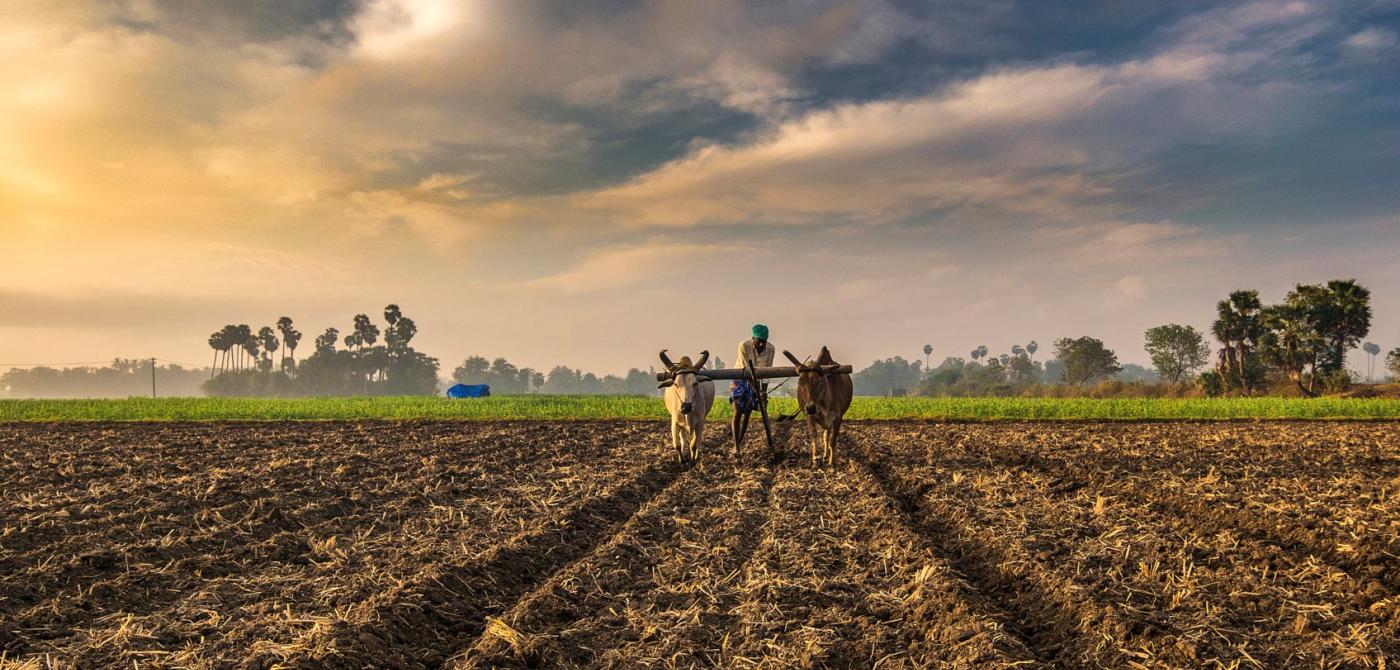
Food Security
It’s not just this year, India has been having farming problems for a while. There have been floods, cyclones, and locusts. In 2019, India was one of the worst hit countries by climate change. In 2020, locusts ate our crops because there was too much rain. In 2021, some places got too much rain, and others didn’t get enough. We lost a lot of land for crops because of floods and droughts.
In 2022, our wheat crops got smaller because of the changing climate. The government had to stop exporting wheat to make sure we have enough to eat. The finance minister said that climate change is causing these problems and that we need to change our farming policies.
A study from Punjab Agriculture University says that by 2050, Punjab will have even more problems with the changing climate, and we’ll lose a lot of crops.
In 2022-23, our crops got damaged again because of the wrong kind of rain. And then came Cyclone Biparjoy, which messed up our monsoon season.
Now, our food is getting more expensive. Things like tomatoes, onions, and legumes cost more. Fodder for animals is also getting pricier. Our food system is not ready for these climate changes. We don’t have the right places to store food or ways to protect it from bad weather. From hailstorms in Kashmir to a dry August in Karnataka, farmers are not prepared, and we’re losing a lot of food.
Also Read: Pilu Fruit Cultivation: The Allure of Pilu Fruit and Its Cultivation Secrets!
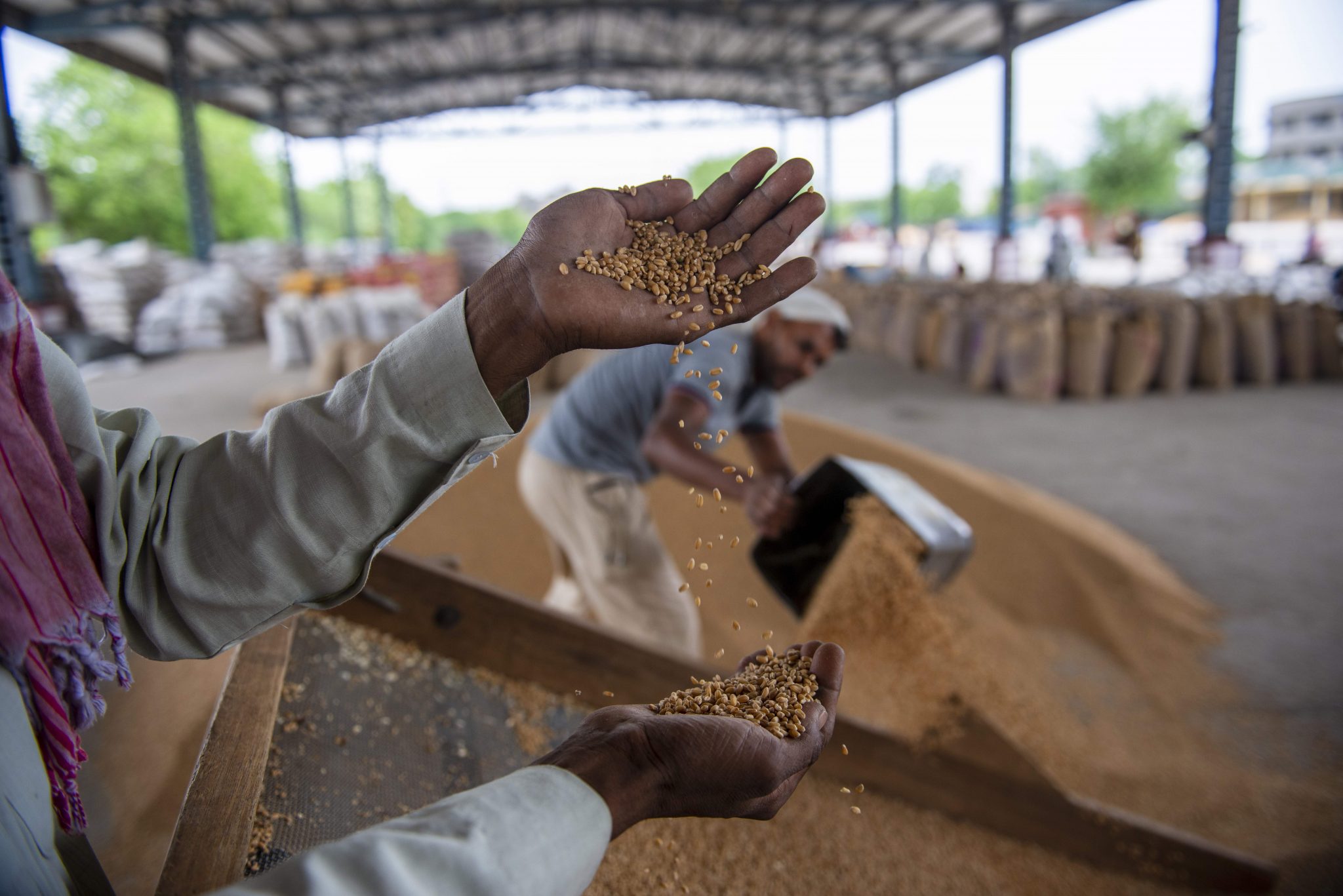
Food Security
We don’t have enough food stored, and 800 million people depend on the government to give them food. The value of our money is also not stable, and there’s trouble in Ukraine and Russia, which makes it hard to buy food from other countries.
If the next harvest in the rainy season doesn’t go well, India will have a big problem. Our food will be very expensive, and there won’t be enough to go around. This is the third stage of our food problem because of the climate.
If we don’t change how we farm and protect our food, by 2024 or 2025, many people in India won’t be able to afford a proper meal. We need to do something now to make sure everyone has enough to eat.
Also Read: Vertical Farming: Growing More Food, Using Less Power

